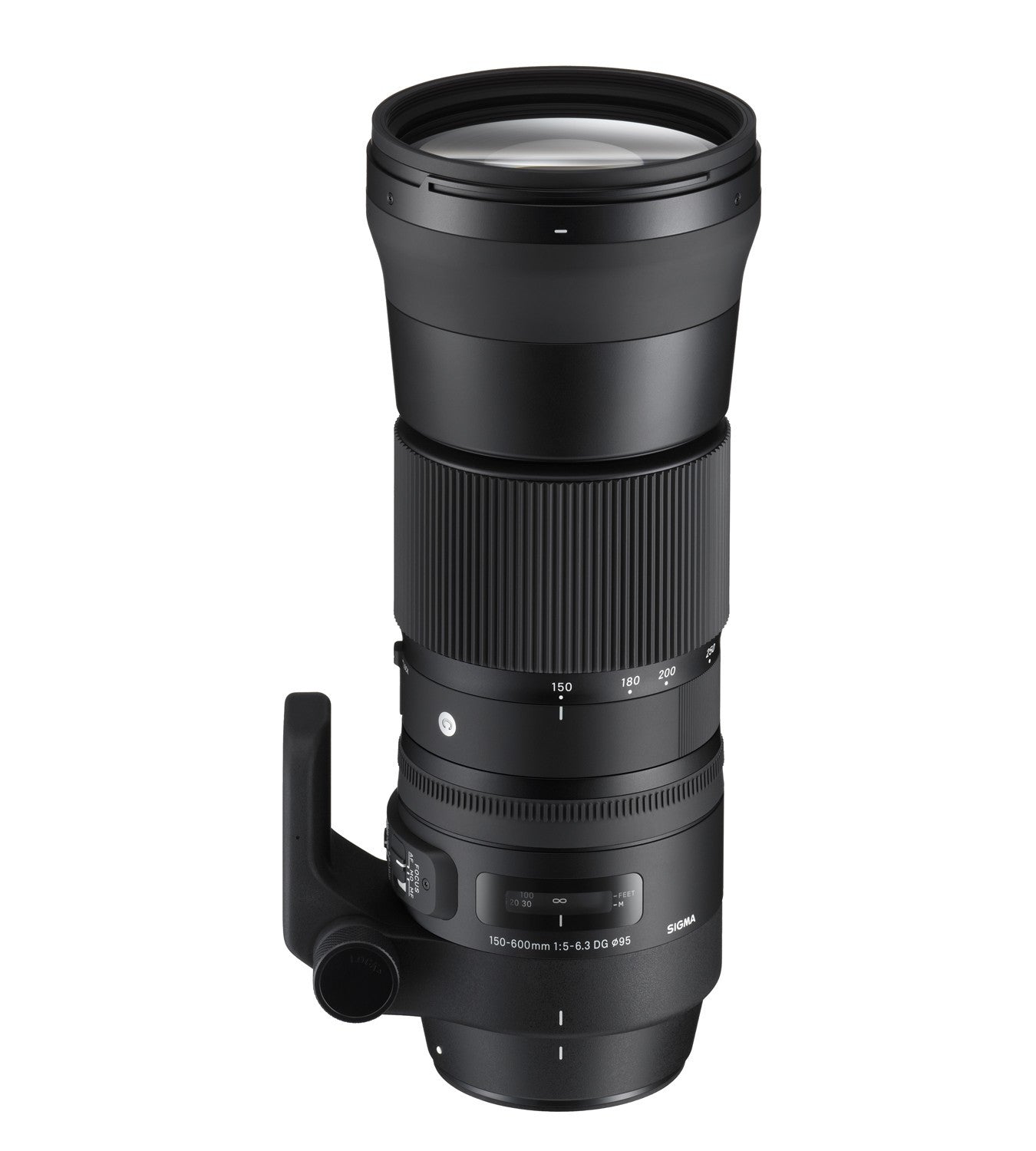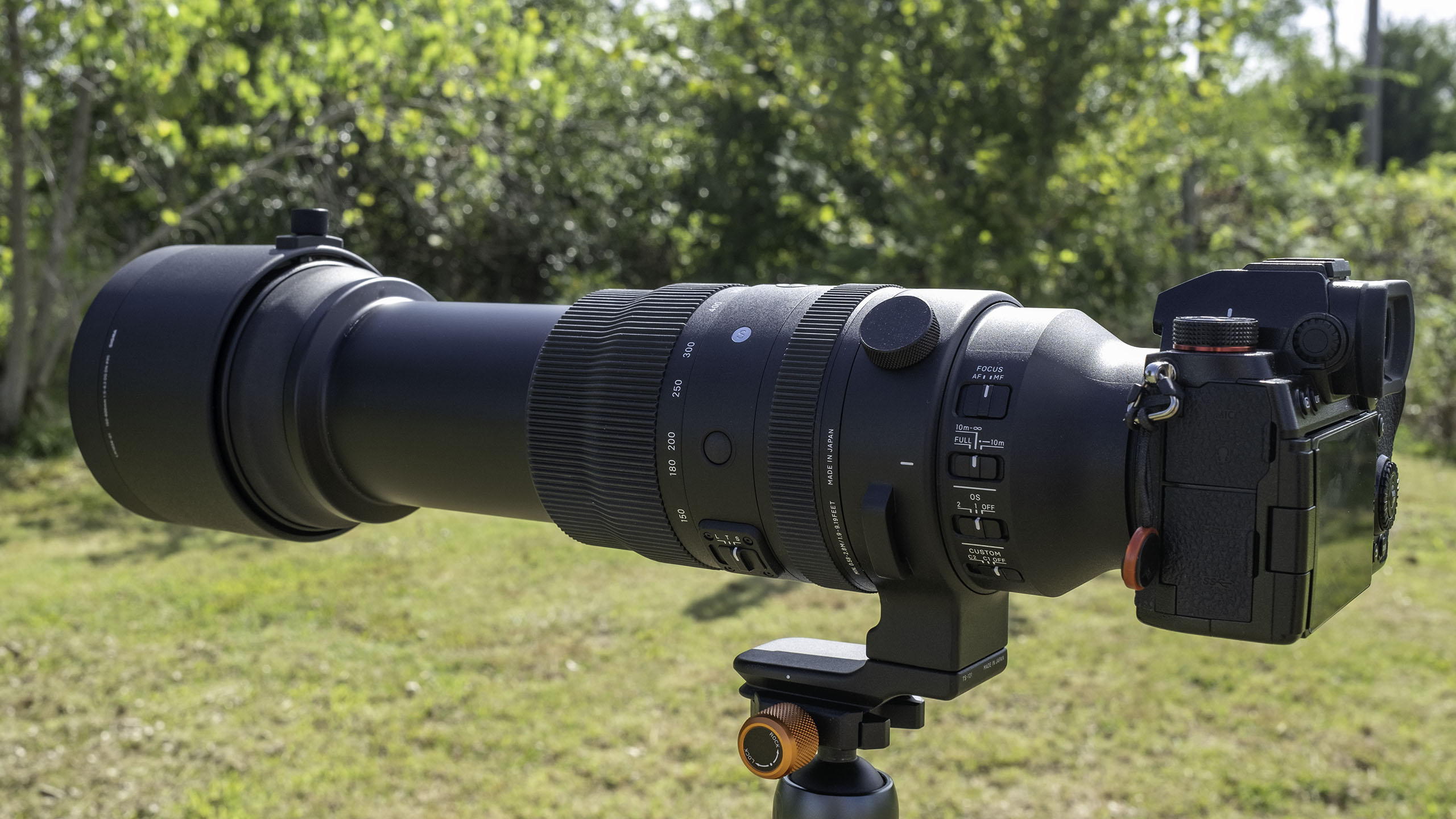

It offers outstanding levels of performance, functionality, and build quality required for ultra-telephoto shooting in the most demanding situations. The 150-600mm F5-6.3 DG DN OS | Sports is SIGMA Sports line's first ultra-telephoto zoom lens, designed from the ground up specifically for full-frame mirrorless cameras.
SIGMA 150 600MM PORTABLE
This portable and practical optic revolutionizes the way mirrorless users capture wildlife, motorsport and other fast-action subjects. The lens is also compatible to Sigma's (optional) USB Dock so the lens' firmware can be updated without sending it to the Sigma service.Sigma 150-600mm f/5-6.3 DG DN.Introducing the SIGMA 150-600mm F5-6.3 DG DN OS | Sports, a powerful ultra-telephoto zoom and the first ever Sports line lens for mirrorless systems. Sigma's HSM (Ultrasonic AF) is quite fast, accurate and virtually silent. Other than a general purpose OS mode, there's also a dedicated mode for panning. However, based on real world experience with the lens, it seems to provide a gain of 3ish f-stops. I wasn't able to find an official figure regarding its efficiency. The Sigma 150-600mm f/5-6.3 DG OS HSM | Contemporary features an optical image stabilizer ("Optical Stabilizer" (OS) in Sigma terms).

and yes, that you can feel the difference after a long day.

Last but certainly not least, it is worth mentioning that the Contemporary is substantially more light-weight (1.9Kg vs 2.8Kg) and somewhat smaller than the Sports variant. The zoom action is a slightly stiff which is no surprise given the heavy lens groups that have to be shifted. Our sample showed no significant amount of zoom creeping but Sigma implemented a zoom lock which is functional at all zoom settings. Typical for such long zoom lenses, it extends substantially when zooming towards the long end of the range but the inner lens tube doesn't wobble even at the most extreme setting. Other than that it is a high quality construction based on Sigma's usual combination of TSC (Thermally Stable Composite) and metal components. Even if you prefer to shoot handheld the latter is a little unfortunate because it makes carrying the lens (using the tripod mount) somewhat less comfortable. In terms of quality - or at least perceived quality - the only obvious differences are the focus ring which is smaller and maybe a little less smooth to operate - and the much smaller and as such also less stable tripod mount. However, this is not really the case - at least not to an extend where it really matters.

Given the quite substantial price difference between the Sports and Contemporary lens you may expect that this is also reflected in the mechanical quality. If so that's probably good news because - let's be honest here - a super-tele lens doesn't usually require sharp corners (nor was the Sports lens overly impressive in terms of corner performance). According to Sigma, the Contemporary is supposed to be very sharp in the image center but the image corners aren't on the same levels as on the Sports lens. Consequently it has a price tag of "just" 900EUR/1100US$ or about half as expensive as its bigger brother. However, it is part of Sigma's "Contemporary" lineup so it's targeting normal mortals rather than professionals. Just based on the name specs, there isn't really any obvious difference. The "Sports" lens has a little cousin that is sometimes overlooked - the Sigma 150-600mm f/5-6.3 DG OS HSM | Contemporary. Review by Klaus Schroiff, published July 2017Ī little while ago, we reviewed the mighty Sigma 150-600mm f/5-6.3 DG OS HSM | Sports - quite an impressive lens in terms of size and weight and despite its long zoom range, it's also pretty good.


 0 kommentar(er)
0 kommentar(er)
